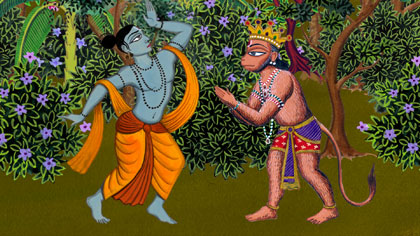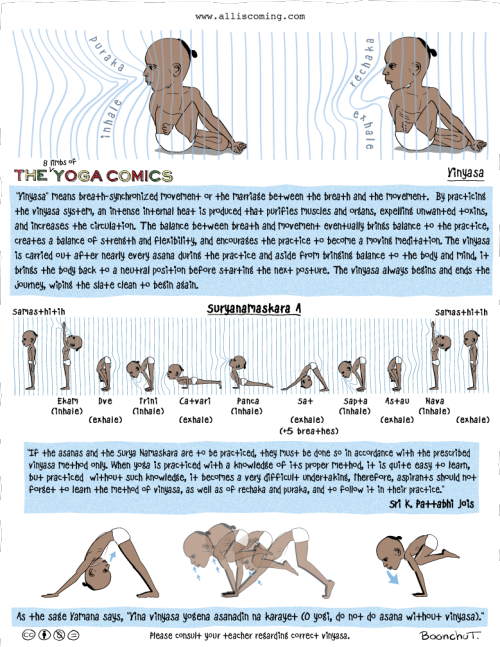I can't remember if I posted this when it was published. In either case, 'tis the season.
Taking my practice on the road by Esther Liberman (Elephant Journal)
My husband and I traveled to Albuquerque, New Mexico this past weekend for one of the most beautiful weddings we have ever attended. The bride, my college roommate and dear friend, chose to put aside every convention of self-importance to set her non-denominational special day on a sustainable farm that also housed and entertained the lot of us for the entire weekend. It was gorgeous, relaxing and a lot of fun.
Over dinner the first night, her husband, a new dear friend, and I chatted about our Jewish backgrounds and how similarly we’d grown up—he in Canada and I in Colombia. Despite the radical differences between the two countries, their Jewish populations shared countless similarities in their approach to worship and community.
Some conventions we both remember fondly and as far less-practicing adults we still appreciate (cantor-driven prayer in Hebrew, to which we sang along phonetically, much like mantra). Some we’ve always questioned (separating men’s seating from women’s). The truly fascinating aspect of our comparison of childhood notes, though, were not these details, but rather that despite the fact that we grew up on different continents and in different languages, the form and fashion of our religious identity was virtually identical.
Driving back from dinner to the luscious farm where we’d be staying for the weekend, I saw the sign for the Nahalat Shalom congregation whiz by the car window, one more adobe edifice in the desert. “Maybe we can pop in for Shabbat services tomorrow night,” I said to my husband. “Uh,” stalled the even less-practicing Jew who grew up the same way I did but remembers religious customs slightly less fondly, “don’t we have a rehearsal dinner to attend?”
Skeptical as he is, my husband also knows me very well and could guess why I’d made the suggestion. He remembers my old habit of visiting temples on Shabbat whenever I found myself in a foreign country, despite the fact I seldom (if ever) attend services when I’m home, just to be able to walk into a situation that is, regardless of the surrounding culture and within the confines of the temple walls, entirely familiar.
Going to Shabbat services in 1993 in the Marais in Paris, I managed a better pronunciation of my prayers in Hebrew than what I had all week in my terrible, highly critiqueable efforts at French. A Friday night spent in the only functioning temple in St. Petersburg, Russia, in 2000 felt more like home than had anything else for a whole summer in that desolate, haunted city.
Not wanting to deny me the anthropological curiosity and personal comfort that I derive from this old ritual of mine, my husband was about to agree to go to temple, when I abruptly agreed with him. “You’re right, we do have a dinner tomorrow night. Besides, we’re going to Mysore practice in the morning...” continue reading full article
Taking my practice on the road by Esther Liberman (Elephant Journal)
My husband and I traveled to Albuquerque, New Mexico this past weekend for one of the most beautiful weddings we have ever attended. The bride, my college roommate and dear friend, chose to put aside every convention of self-importance to set her non-denominational special day on a sustainable farm that also housed and entertained the lot of us for the entire weekend. It was gorgeous, relaxing and a lot of fun.
Over dinner the first night, her husband, a new dear friend, and I chatted about our Jewish backgrounds and how similarly we’d grown up—he in Canada and I in Colombia. Despite the radical differences between the two countries, their Jewish populations shared countless similarities in their approach to worship and community.
Some conventions we both remember fondly and as far less-practicing adults we still appreciate (cantor-driven prayer in Hebrew, to which we sang along phonetically, much like mantra). Some we’ve always questioned (separating men’s seating from women’s). The truly fascinating aspect of our comparison of childhood notes, though, were not these details, but rather that despite the fact that we grew up on different continents and in different languages, the form and fashion of our religious identity was virtually identical.
Driving back from dinner to the luscious farm where we’d be staying for the weekend, I saw the sign for the Nahalat Shalom congregation whiz by the car window, one more adobe edifice in the desert. “Maybe we can pop in for Shabbat services tomorrow night,” I said to my husband. “Uh,” stalled the even less-practicing Jew who grew up the same way I did but remembers religious customs slightly less fondly, “don’t we have a rehearsal dinner to attend?”
Skeptical as he is, my husband also knows me very well and could guess why I’d made the suggestion. He remembers my old habit of visiting temples on Shabbat whenever I found myself in a foreign country, despite the fact I seldom (if ever) attend services when I’m home, just to be able to walk into a situation that is, regardless of the surrounding culture and within the confines of the temple walls, entirely familiar.
Going to Shabbat services in 1993 in the Marais in Paris, I managed a better pronunciation of my prayers in Hebrew than what I had all week in my terrible, highly critiqueable efforts at French. A Friday night spent in the only functioning temple in St. Petersburg, Russia, in 2000 felt more like home than had anything else for a whole summer in that desolate, haunted city.
Not wanting to deny me the anthropological curiosity and personal comfort that I derive from this old ritual of mine, my husband was about to agree to go to temple, when I abruptly agreed with him. “You’re right, we do have a dinner tomorrow night. Besides, we’re going to Mysore practice in the morning...” continue reading full article



















































